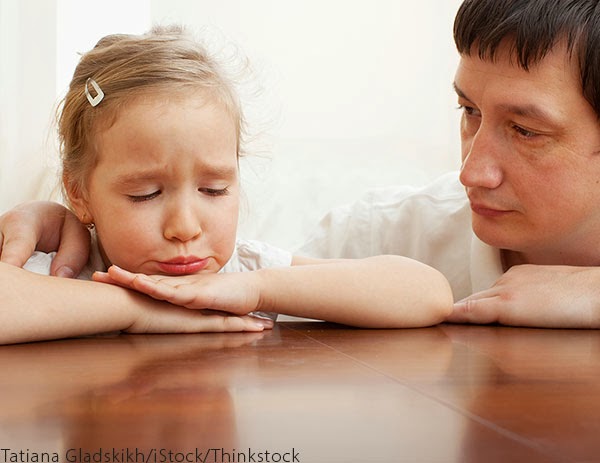Bullying is complicated in every way—why a particular child is targeted, how a relationship can shift from friendly to hostile, and the absence of a quick and easy strategy for preventing bullying. Despite its complexity, however, there is one way we can simplify our intervention when a child is bullied. We can approach the problem from the inside out. By this, I mean that we must first address what the child is feeling on the inside before moving on to what we can do externally.
Inside a child who has been bullied are intense feelings in need of soothing and, oftentimes, internalized messages in need of reinterpretation. A child may feel angry, sad, scared, lonely, confused, betrayed. These feelings need to be expressed, for both emotional and practical reasons. Research has found that children who do not tell anyone they have been bullied experience greater emotional distress than those who do. The act of telling someone—and being believed—decreases distress. In fact, the very act of verbalizing—labeling and describing—intense emotions calms them. In describing her feelings and what happened, your child also provides you with an opportunity to soothe and reassure, to correct any erroneous beliefs that the bullying is her fault or something she deserves, and to gather information about how to help. In the longer term, the act of putting emotions into words builds emotional resilience. Your child learns how to express, rather than avoid or suppress, intense feelings.
Tending to your child’s internal response also involves giving emotional coping strategies that may include reassuring self-talk ( “I’m going to be okay,” “I am a good person,” “I don’t deserve this,” “What she’s saying about me isn’t true”) and self-soothing (deep breathing, imagining a safe place, thinking about a funny or happy memory, a distracting activity). The most effective coping strategies are those that come for your child. While you may prompt or give suggestions, encourage your child to come up with her own self-talk and self-soothing activities.
Once you have addressed your child’s internal experience, you are ready to problem-solve about the bullying itself. What needs to happen outside your child to address the bullying? Again, try to engage your child in this discussion. (Typically, verbal children ages 6 — 7 years and older can participate in the problem-solving process with you and/or school personnel.) Does there need to be increased monitoring by an adult? Is your child able to speak or stand up for herself with the bullying child? Can your child walk away or avoid the other child? Who are the adults she can go to if she needs help in the moment? The best plan involves multiple options and, at a minimum, includes a way to stay away from the bullying child, ask for help, and respond directly to the bullying child. While your child may not be comfortable engaging in all three of these options, it is important for her to know these options exist so she is not paralyzed and helpless in the moment. Next, role-play and practice the plan. If your child can’t do it with you, she will be less likely to be able to do it in the moment.
Finally, it is important to remember that because bullying is complicated, it is essential to involve the school or community in which the bullying is occurring. Your child will need the support and security of the adults and peers immediately around her.



